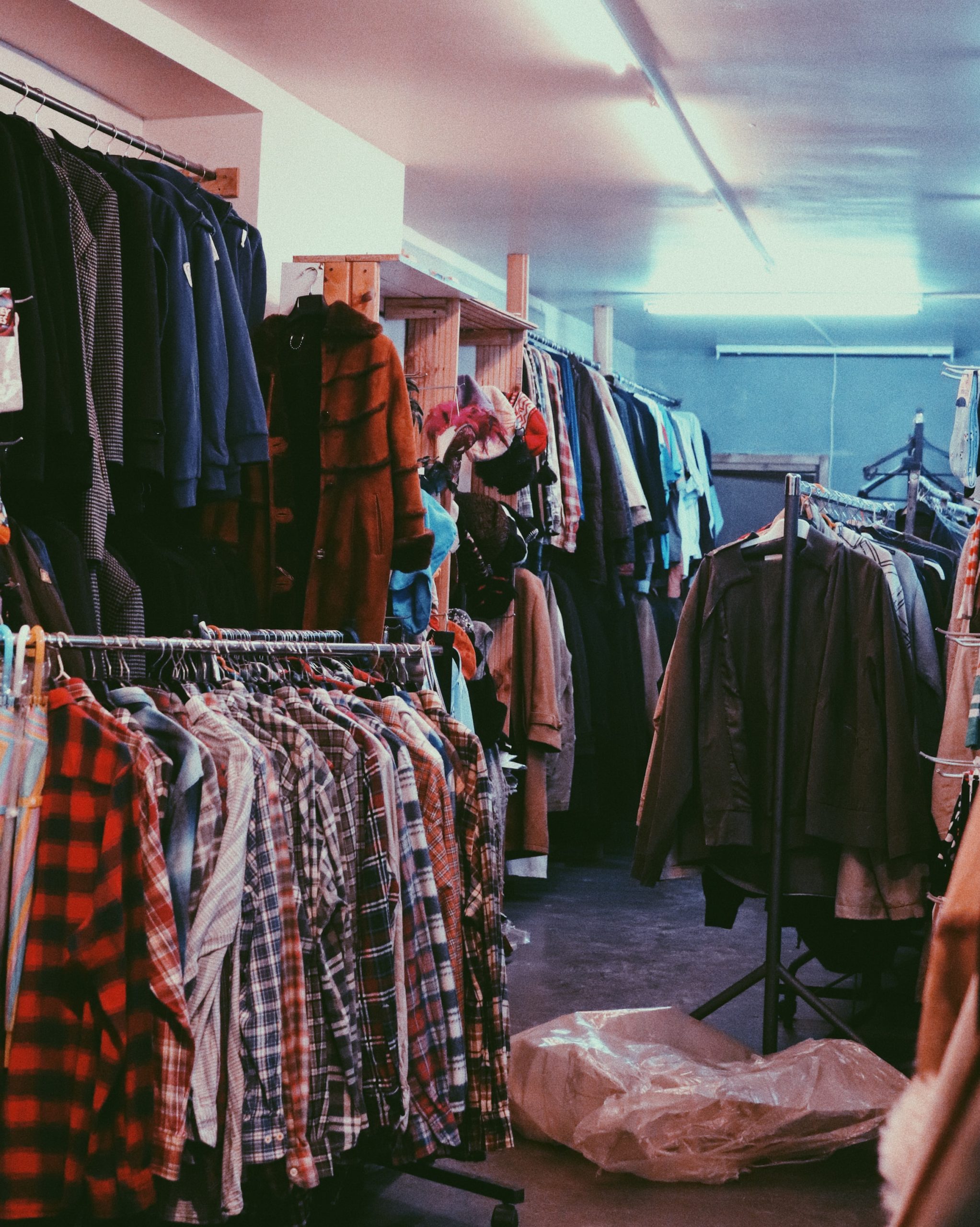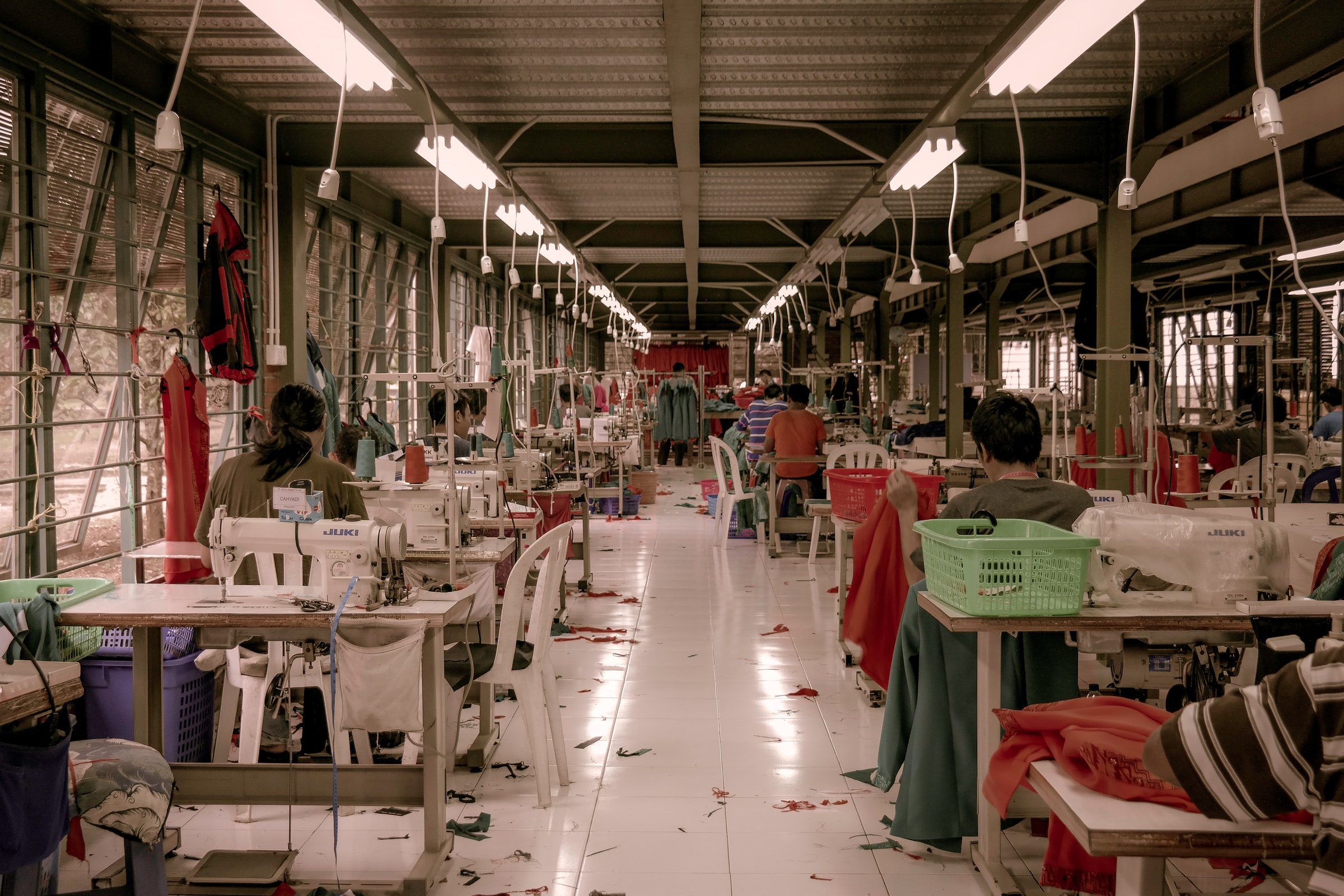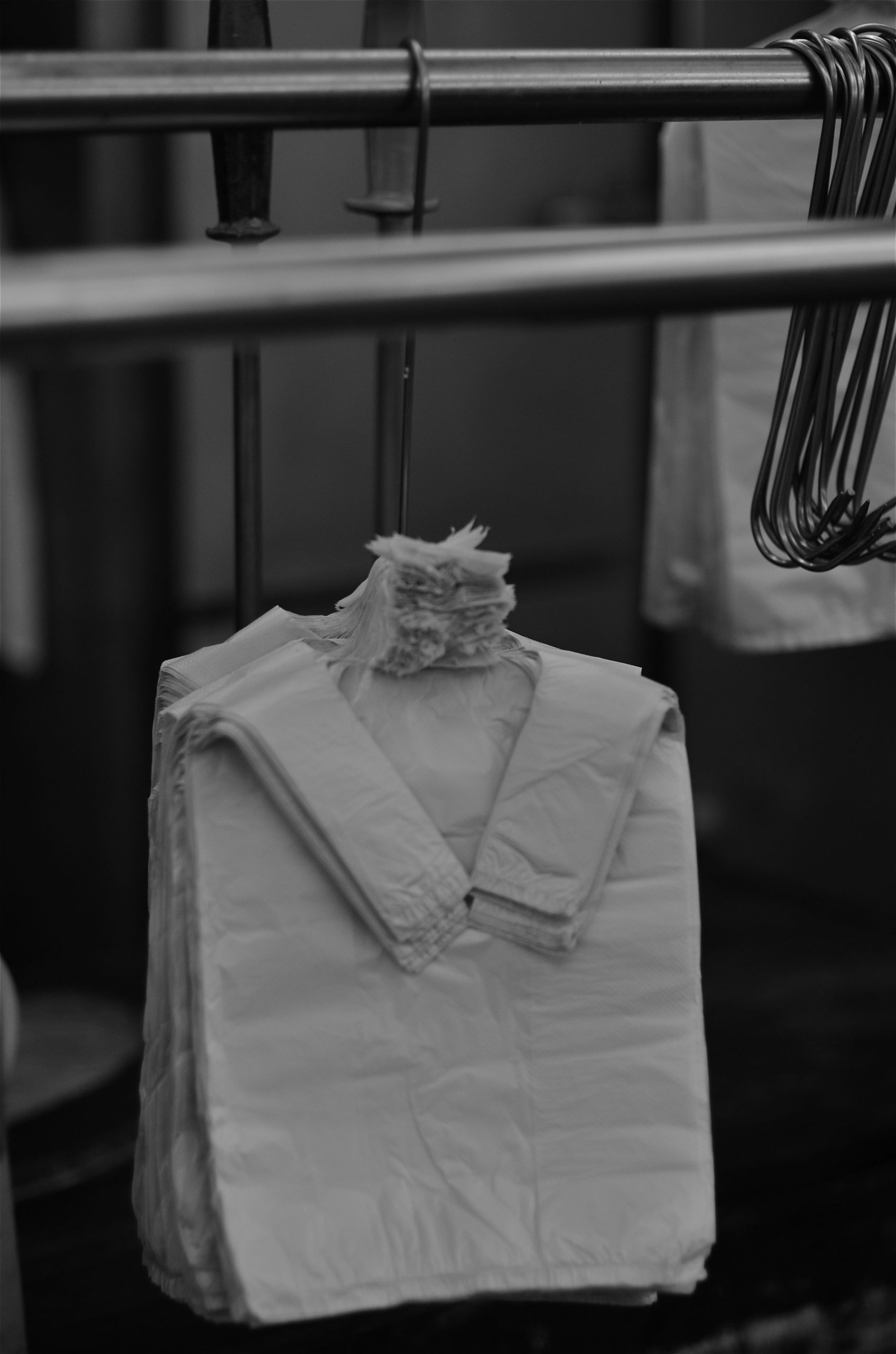Thrifting is really fun and is the ecological and modern way of shopping. Not only getting clothes at a more affordable price, but you are also saving our planet. This is a win-win situation if you ask us. So, without further ado, let’s dive into this blog and learn some practical tips for thrifting.
1. How to choose a thrift store?

There are several types of thrift stores, depending on the target clientele or the way they operate- deposit-sale, purchase, donation, etc. If you are looking for simple pieces or even fabrics to sew your clothes, the boutiques and haberdashers of non-profit organizations are ideal. These are already very low. To dress economically, you can also turn to thrift stores that buy back unsold items from large retailers by the ton. There are many choices, whether in the clothing, shoe, or accessory departments.
In addition, small independent thrift stores develop their range around a theme- vintage, chic, big brands- or a category of the population- baby, child, man, or woman. A little detour on the Internet allows you to form an opinion before visiting a new thrift store. Finally, there are now online thrift stores. You can even order, try, and return an item if it doesn’t suit you. And stay tuned: large shopping malls are starting to develop second-hand departments! Will there soon be a thrift store section in your supermarket?
2. Choice
The first step is obviously to step on your pride. The clothes have already been worn, and they are not washed before being put in the store. Yes, there are a lot of not always pleasant smells. I remember coming across a beautiful coat that smelled like rancid cigarettes. But I overcame my little passing disgust, bought the coat for $20, and it became my favorite fall coat after a trip to the cleaners.
On the other hand, there are vintage things you won’t find anywhere else, the prices are better than new and if you’re lucky you can even find designer clothes. When someone asks me where I got a piece of clothing, I usually find it in a thrift store. If I weigh the weight of other people’s judgment against the pleasure of finding a piece I like, I always come out on top. That’s why I go so often.
3. Find the right section for your search

Thrift shops and second-hand stores are often chaotic, jumbled, and unorganized. Know how to search well. How can you do this? First, if you’re a guy, avoid the girls’ sections to begin with. There are some nice pieces that could do you in, but it’s mostly crazy to store for women’s tops since they are so varied and colorful.
Plus, girls have a number system that is way too complex when it comes to pants. Forget about shoes; unless you find a real grail, it’s almost impossible to find something worthwhile. We’ll discover clearer sections on the men’s side: pants, sweaters, t-shirts, shirts, jackets, and coats.
4. Be open and search aimlessly
Normally, your store with a specific idea in mind and a need: a black sweater, a pair of jeans, a shirt, etc. In a thrift store, you have to be open and willing to look around. You must be open in a thrift store and regularly go with several targets. For me, I always go through the jacket and coat section first; the turnover is more significant there.
I look first if I like the cuts and fabrics, then I look at the price and the brand. For example, if you find a gorgeous Parasuco or Point Zero denim jacket for $45 but a regular Levis for $20, I’ll probably advise you to go with the Levis. Even if it’s second-hand, quality is still important- and price!
5. Take risks

You may not find anything for a few weeks, but once you do, buy it right away because it won’t be there the next time you visit. I dare to buy pieces or cuts that I wouldn’t dare to buy in a store, often because the price is much lower.
Finding the right piece to match the rest of your wardrobe can take weeks. Instead, go in with a few ideas in mind and let the feeling of the moment surprise you. Dare a piece that takes you out of your comfort zone or smaller or larger size. I sometimes keep pieces in my closet for a few months before I dare to pull off a sweater. For example, a shirt with a high school dragon or a Canadians jacket.
Sound off in the comments section below and tell us what you want to read next and if you want to read more about thrifting.




